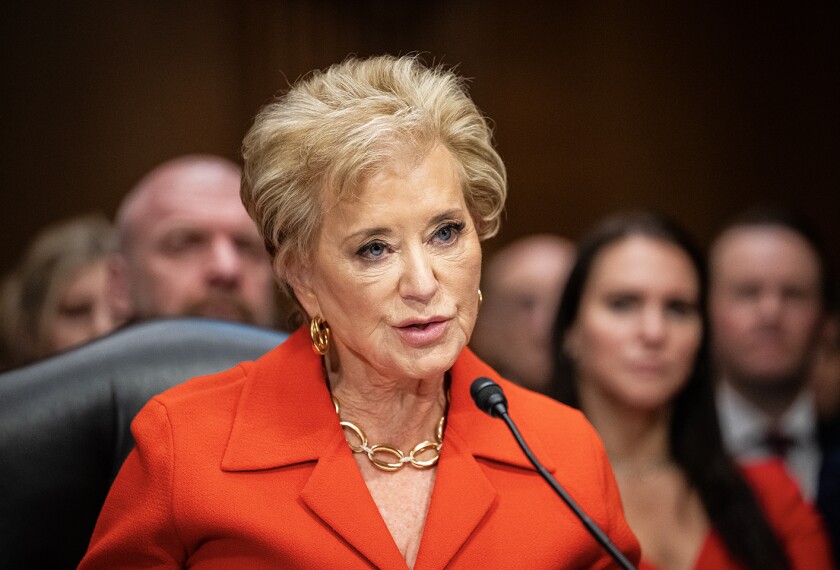To the Editor:
The 2015 edition of the 1965 Elementary and Secondary Education Act is called the Every Student Succeeds Act. The name carries the identical meaning to the 2002 model that it replaces, No Child Left Behind. The themes are also similar: States’ failure to deliver good data on school and student achievement may be punished by the federal government’s withholding of what little available funding exists.
The difference, and it may be welcome, is thatNCLB defined what data were to be used, while under ESSA the job is passed to the states. Each state is charged with developing data that are valid, reliable, and comparable across districts while enabling officials to break out the information by student demographics (“Rules Proposed for ESSA’s Innovative Assessment Pilot,” July 6, 2016).
Those familiar with today’s “big data" would say that this task is impossibly difficult. Until we can supply the necessary inputs to create specific outcomes and the data appropriate for those outcomes, we will be forced to acknowledge a paraphrased quote of the 1991 Nobelist Ronald Coase: If you torture data long enough, it will confess to anything.
The writer is a retired teacher and school administrator.
George Stranahan
Carbondale, Colo.




